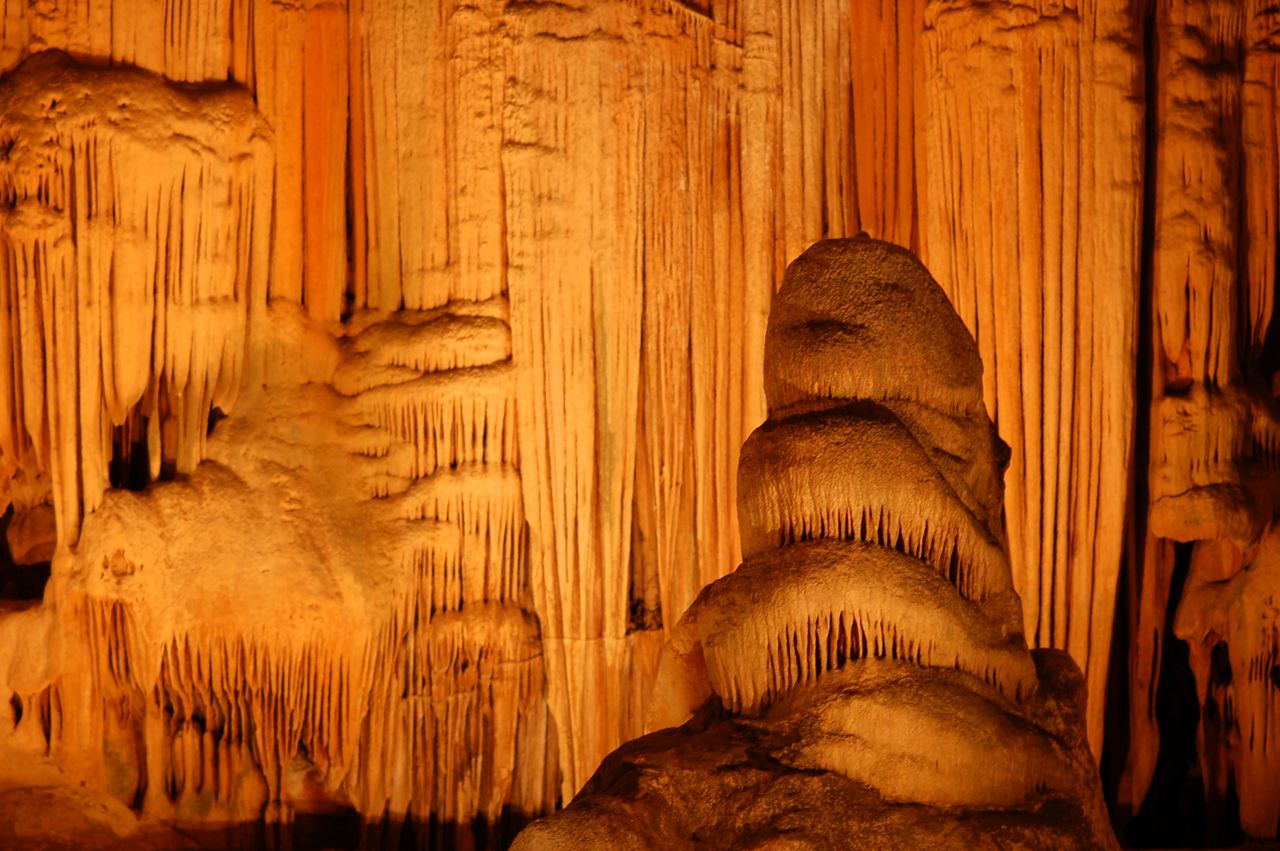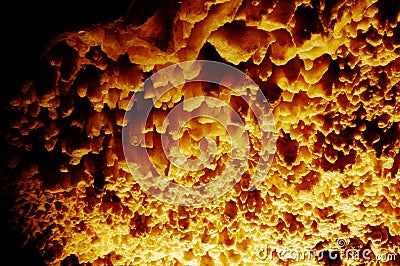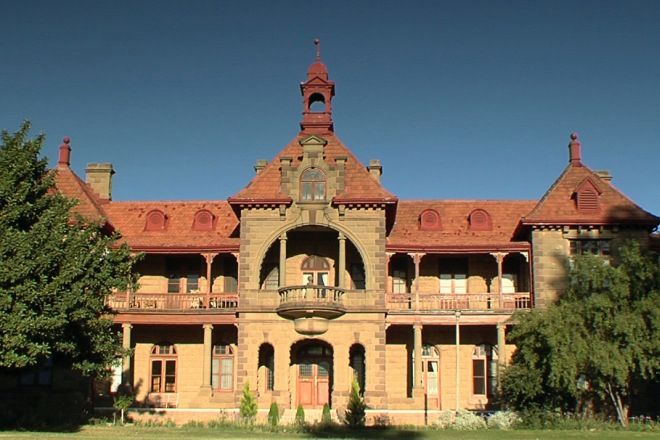
Isolation has left intact the traditional rural architecture of Prince Albert, an attractive little town 70 km north of Oudtshoorn, across the loops and razorbacks of the Swartberg Pass - one of the most dramatic drives and entries to a town imaginable.

Although firmly in the thirstlands of the South African interior, on the cusp between the Little and Great Karoo, Prince Albert is all the more striking for its perennial spring, whose water trickles down furrows along its streets - a gift that propagates fruit trees and gardens.

The town's essence is in the fleeting impressions that give the flavour of a Karoo dorp like nowhere else: the silver steeple of the Dutch Reformed church puncturing a deep-blue sky, and residents sauntering along or progressing slowly down the main street on squeaky bikes.

Prince Albert is known for its mohair products: rugs, socks, scarves and other garments; check out Karoo Looms at 55 Church Street, which has some funky, bright designs, or, further down Church Street, the more traditional Wolskuur Spinnerst.

http://magicnamibia.blogspot.com
http://magicbotswana.blogspot.com
http://magicsouthafrica.blogspot.com
http://magicmadagascar.blogspot.com
http://magicmozambique.blogspot.com
http://magiadinamibia.blogspot.com
http://vagabondoinafrica.blogspot.com

















